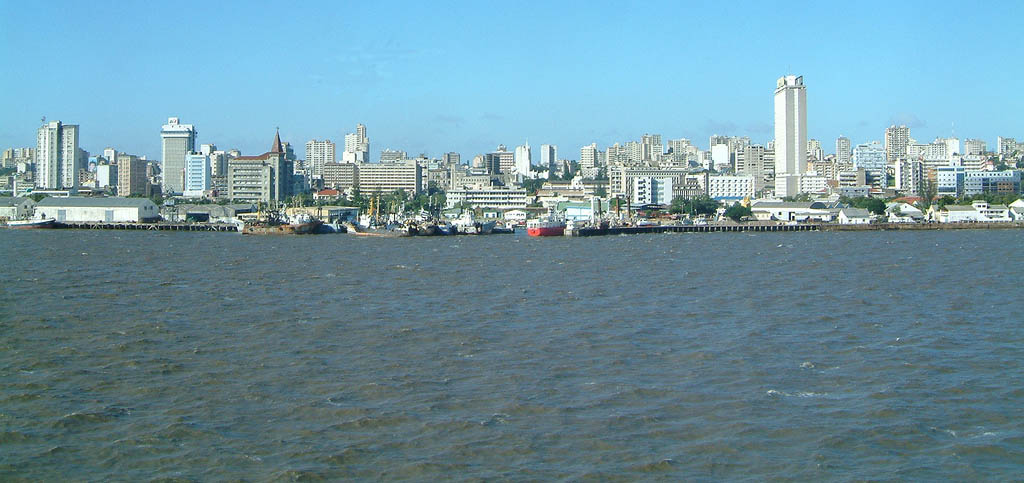Foreign investor perceptions of Sub-Saharan Africa “improved dramatically” over the course of the past year, although the number of foreign direct investment (FDI) projects remains subdued, according to Ernst and Young’s (EY) recent report.
EY’s Africa Attractiveness Survey for 2014 found the Sub-Saharan African region’s attractiveness from investors’ point of view has improved significantly, with Africa now ranking second place in the world for popularity as an investment destination (having been ranked third-last in 2011).
The results of the survey showed that in today’s climate, only North America ranked ahead of Africa in terms of investment attractiveness in the eyes of global investors.
However, despite these improved perceptions, actual new foreign direct investment (FDI) in Africa as a whole declined by 3.1 per cent in 2013 for the second consecutive year, with a subsequent slow in related job creation also registered.
According to EY: “This was largely caused by the decline in North Africa, due to regional political uncertainty,” adding that new FDI projects in the Sub-Saharan region increased by 4.7 per cent in 2013.
EY’s survey highlighted three trends in the investment environment in Africa. First, the increase in investor attention globally directed at SSA.
Second, EY noted the growing levels of intra-African investment – with 22.8 per cent of FDI projects in Africa in the past year originating from other African countries. South Africa, Kenya and Nigeria are listed as the top three intra-African investors.
The third trend highlighted by EY is the change in sector focus, with the previously popular mining, metals, coal, oil and natural gas sectors being displaced by technology, media and telecommunications (TMT), retail and consumer products (RCP) and financial services as the leading FDI attractions – these three sectors accounting for nearly half of FDI projects across Africa.
Within SSA, South Africa remains the favourite destination for FDI projects; however, other countries are gaining traction quickly, and indeed, Kenya and Ghana jumped into the top four most popular investment destinations in 2013, having been ranked in the bottom half of the top 10 until now. Nigeria, Mozambique, Tanzania and Uganda also also drawing more interest and investment.
Investor interest increasingly focuses on three perceived regional hubs, namely South Africa, Nigeria, and Kenya. These three countries together account for over 40 per cent of total FDI projects in Africa. Angola – the fourth-largest recipient of FDI projects – is perceived to be the fourth-most attractive investment destination.
“Our survey results show that Africa’s attractiveness as an investment destination is continuing to improve. However, current levels of FDI inflows are not commensurate with the continent’s potential,” EY said.
One key reason EY singles out as a root cause of this perception-reality gap is the difference in perceptions of those companies already having a presence in Africa, as opposed to those with no existing African footprint.
“Those with an established business presence in Africa are more positive than ever about the continent’s prospects. This set of investors has a concrete action plan in place to grow and achieve success on the continent,” EY said.
According to the report, while two-thirds of investors already established in Africa have an investment strategy in place for continued growth on the continent. Conversely, only 10 per cent of investors with no African footprint have a strategy.


